Linköping: Open data
To promote innovation and the creation of new digital services for citizens and businesses, Linköping Municipality makes public information available in the form of open data.
To promote innovation and the creation of new digital services for citizens and businesses, Linköping Municipality makes public information available in the form of open data.
Nacka's vision is a society where openness and diversity prevail. They work actively to open up our public data and make it easy for you to create apps or services based on it.
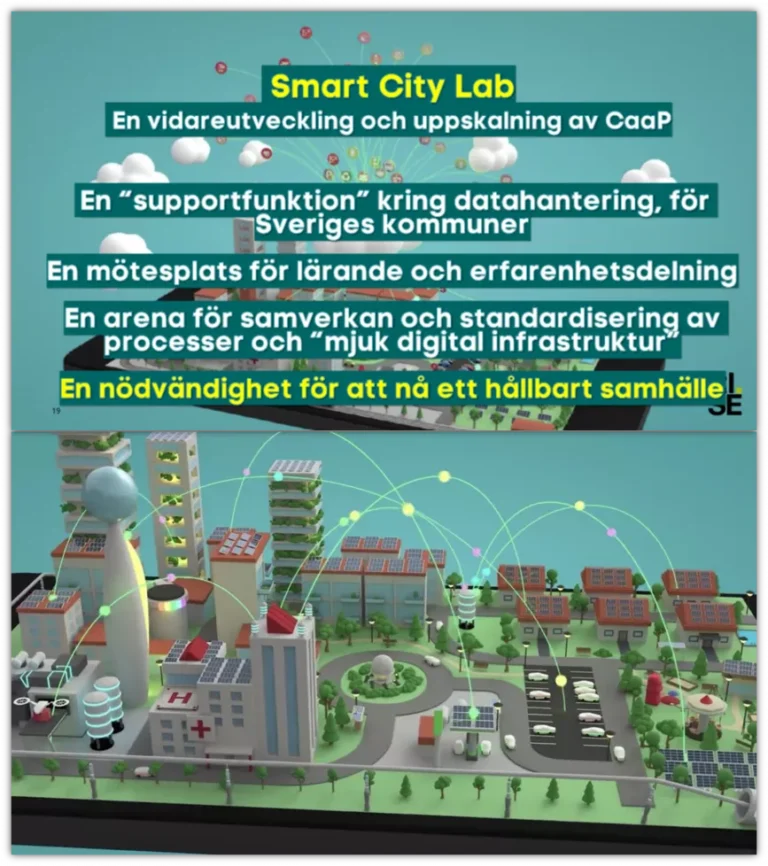
Viable Cities collaborates with RISE Smart City Lab. A standardized and quality-assured data management and a scaled-up utilization of data in Sweden's municipalities is a necessity for a sustainable society. We are not there yet. Therefore, we are now gathering the entire ecosystem in Smart City Lab.
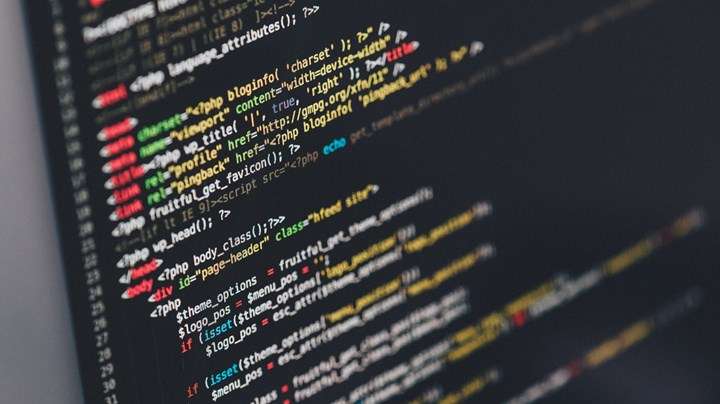
Viable Cities collaborates with The national data workshop for regional and municipal data sharing is the largest initiative so far in Sweden to support and drive the work of making available and using open and shared data from the regional and municipal sector.
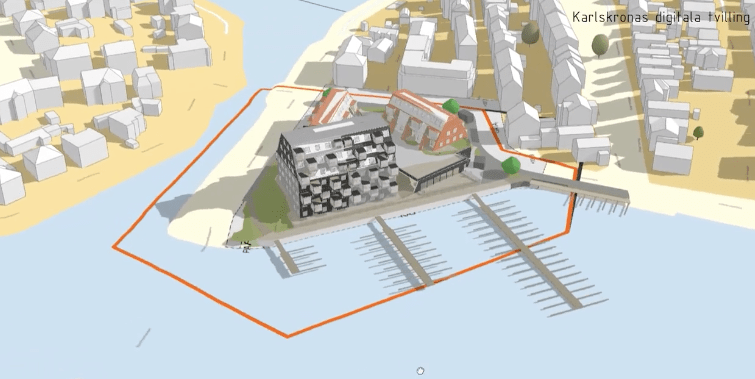
Karlskrona's digital twin + Karlskrona analysis = true. And above all interesting! A new study shows how the two together can contribute to sustainable societal development.
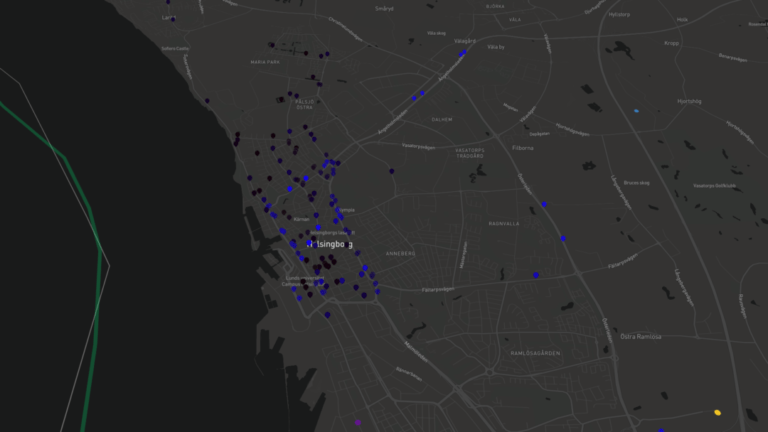
Digital Twin is a project within the framework of the Helsingborg Declaration. The Helsingborg Declaration is an initiative that means that the city, together with over 50 actors from the entire logistics chain, aims to make the Helsingborg region Europe's most fast-moving and sustainable logistics hub.

The City of Gothenburg has a digital twin, Virtual Gothenburg. A digital city makes it easier to visualize and simulate various urban development projects. The work is led by the City Planning Office but involves all administrations working with urban planning.
One way to work with climate change and adaptation using open and shared data is through digital twins, which is what Gothenburg, Helsingborg, Karlskrona, Stockholm and Nacka are doing. RISE leads the national hub for digital twins in civil engineering.
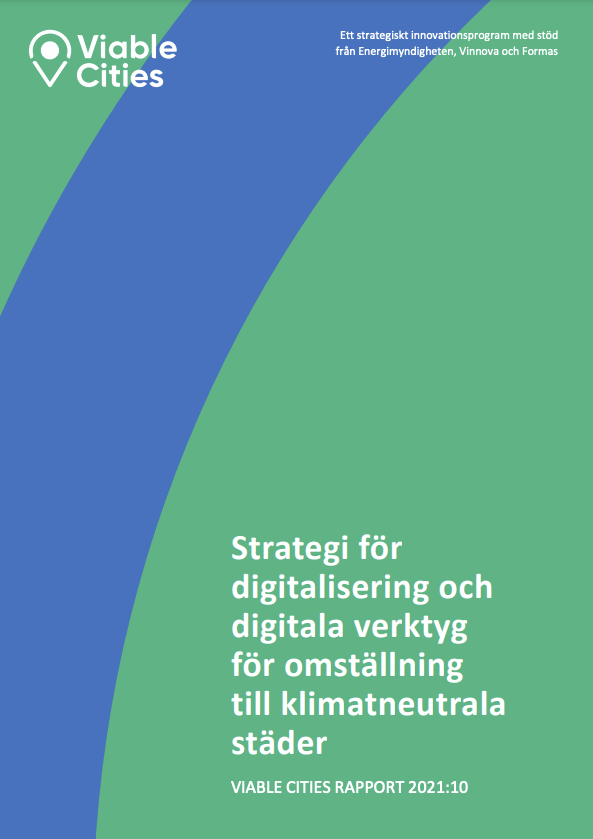
Viable Cities Report 2021:10 Digitalization is an enabler for cities to become climate neutral. However, few policy documents and initiatives highlight this potential, and cities are now asking for support in using digitalization where it is most beneficial to reduce climate emissions. Collaboration between administrations in municipalities can be challenging and there is often a lack of coordination and coordination of the municipality's ongoing initiatives, projects and investments. There are also challenges in terms of data and infrastructure conditions. To overcome these challenges, cities should first identify priority areas for emission reduction. They should analyze if and how digitalization can be a tool for transition. When municipalities understand how digitalization can be used for transition, then the right actors, roles and mandates need to be put in place. For digitalization to become an enabler for reduced climate impact, a basic digital infrastructure with conditions for data management and sharing must also be in place.
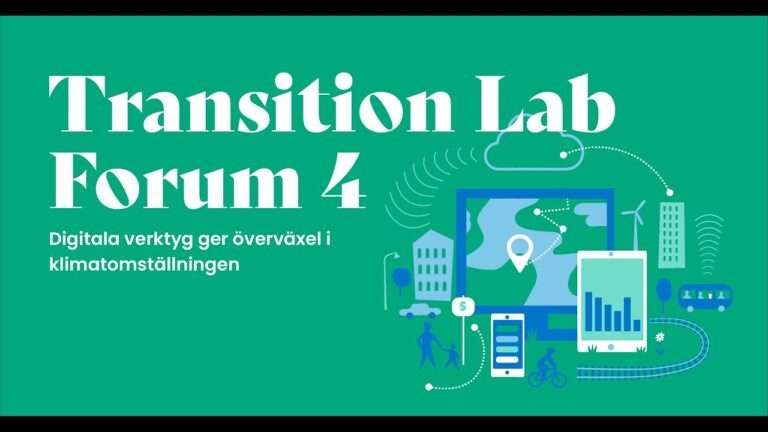
How can we accelerate the transition to climate-neutral and inclusive cities by 2030 with digital tools as enablers? We will get examples of digital tools used, but also what they were used for and why. We will focus on visual modeling for analysis and decision-making and on how citizens can be involved in urban development using Minecraft.

To increase our resilience, we need to make the choices more concrete and understandable to more people. This is where digital tools, such as digital twins, can be a valuable help. Simply put, a digital twin is a digital copy of a city that makes it possible to test and experiment with possible ways of developing the city "on the drawing board". Not to mention creating experiences, evoking emotions and engagement that can contribute to new behaviors.